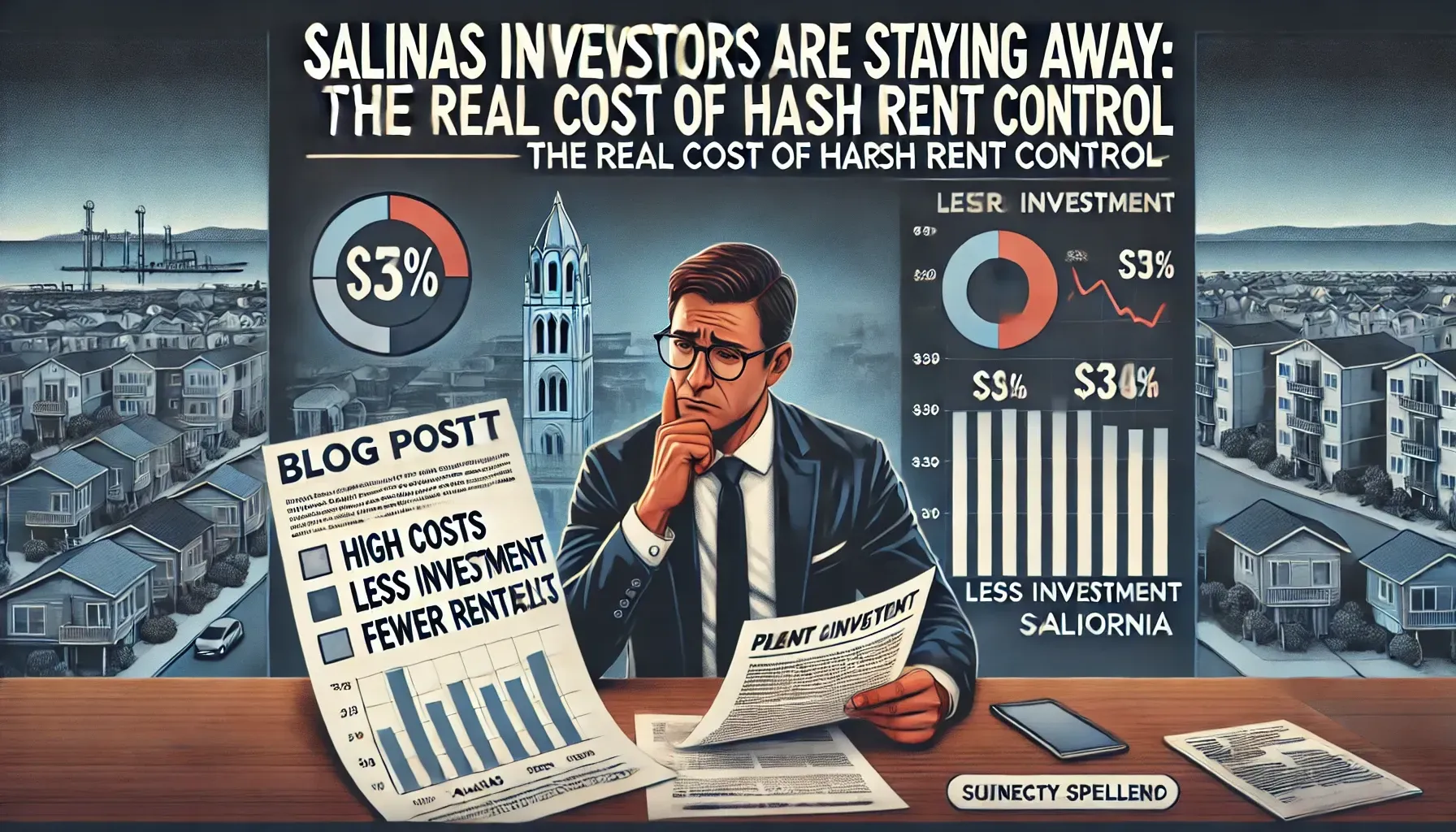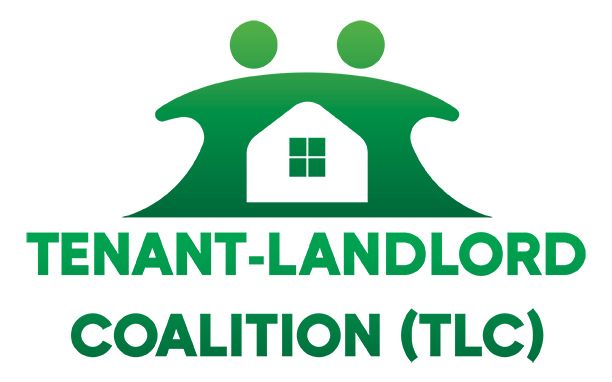The Hidden Costs Impacting California's Housing Affordability
The Hidden Costs Impacting California's Housing Affordability
Uncovering the Hidden Costs Behind California's Housing Crisis: Insights from Nolan Gray and Jim Righeimer
Housing affordability in California has been a hot topic for years, but what’s often overlooked are the hidden costs and policy-driven barriers that drive up prices. In a compelling *California Insider* interview hosted by Siyamak Khorrami, Nolan Gray, policy expert at California YIMBY, and Jim Righeimer, former mayor of Costa Mesa and real estate developer, dissect these often invisible forces. They explore the underlying issues in California's housing policy, comparing it to other states and offering a fresh perspective on potential solutions. You’ll want to watch this interview for an eye-opening look at what’s really impacting housing costs in the Golden State.
Nolan Gray’s Take: Zoning and Land Use Regulations
Nolan Gray emphasizes the restrictive zoning and land-use regulations that have strangled housing supply in California. Gray, a well-known advocate for smarter zoning policies, argues that California’s rigid zoning laws make it difficult for developers to build housing where it’s most needed. For example, single-family zoning is widespread, preventing multi-family or high-density housing that could increase affordability and supply in urban areas.
Gray points out that in states like Texas and Florida, streamlined and flexible zoning policies have enabled rapid housing development, keeping housing prices relatively low and accessible. In his view, California’s zoning laws are outdated and misaligned with the modern housing needs of its residents. He advocates for revisiting these policies to allow for more diverse and affordable housing options, suggesting that if California were to embrace less restrictive zoning, it could alleviate the state’s housing shortage and improve affordability.
Jim Righeimer’s Perspective: The High Cost of Development Fees and Permits
Jim Righeimer brings a developer’s insight to the table, highlighting how California’s development fees and permit costs are major contributors to the state’s housing unaffordability. According to Righeimer, it’s not uncommon for permit fees alone to reach tens of thousands of dollars per unit, an expense that developers must then pass on to homebuyers and renters. This starkly contrasts with other states, where permit fees are kept to a minimum, allowing developers to build affordable housing without excessive costs.
Righeimer explains that California’s bureaucratic process often drags out approval timelines, creating uncertainty and adding financial burdens that deter new projects. This lack of efficiency, he argues, dissuades developers from pursuing housing projects in California. To Righeimer, California’s housing crisis is a direct result of these policies, which make housing projects expensive and time-consuming, while other states offer a more development-friendly environment. He believes that lowering permit costs and cutting red tape would make the state’s housing more accessible and reduce the number of people being priced out.
Why Both Perspectives Matter
The interview between Gray and Righeimer provides a comprehensive view of California’s housing challenges, showing that both zoning laws and development fees are significant barriers to affordability. The two experts come from different angles—Gray from a policy reform standpoint and Righeimer from an on-the-ground development perspective—but they converge on the idea that policy change is critical. Gray’s call for zoning reform and Righeimer’s appeal to reduce fees and permit hurdles both point toward creating a more inclusive and affordable housing environment in California.
Potential Solutions and a Call to Action
Toward the end of the interview, Gray and Righeimer discuss actionable solutions that could transform California’s housing landscape. Gray advocates for updating zoning policies to allow multi-family units and higher density, while Righeimer stresses the need to cap or reduce fees and expedite the approval process. Both believe that these changes could help the state retain its population, reduce homelessness, and create a more sustainable housing market.
Watch the Full Interview to Get the Full Picture; https://californiainsider.com/california-news/videos/california-insider-show/the-hidden-costs-that-impact-californias-housing-affordability-nolan-gray-jim-righeimer-5757019
This discussion is crucial for anyone interested in understanding why housing costs in California remain so high and what we can do about it. Nolan Gray and Jim Righeimer offer insights that extend beyond partisan viewpoints and get to the root of the housing issue. To see their full analysis and learn more about the specific policies and solutions they propose, be sure to watch the full interview on California Insider. It’s a valuable resource for anyone who wants to understand California's housing policies and the steps we can take to build a more affordable future.











